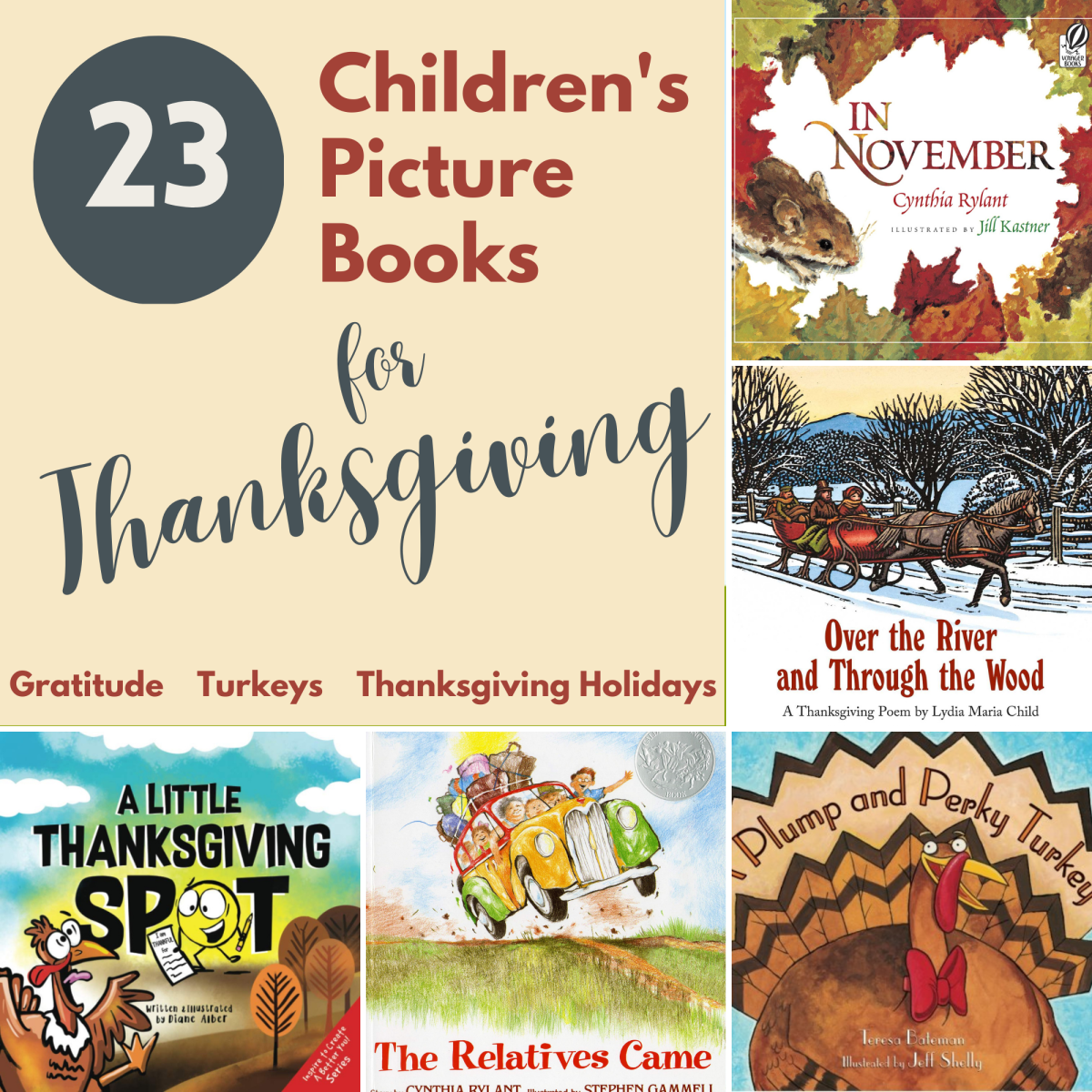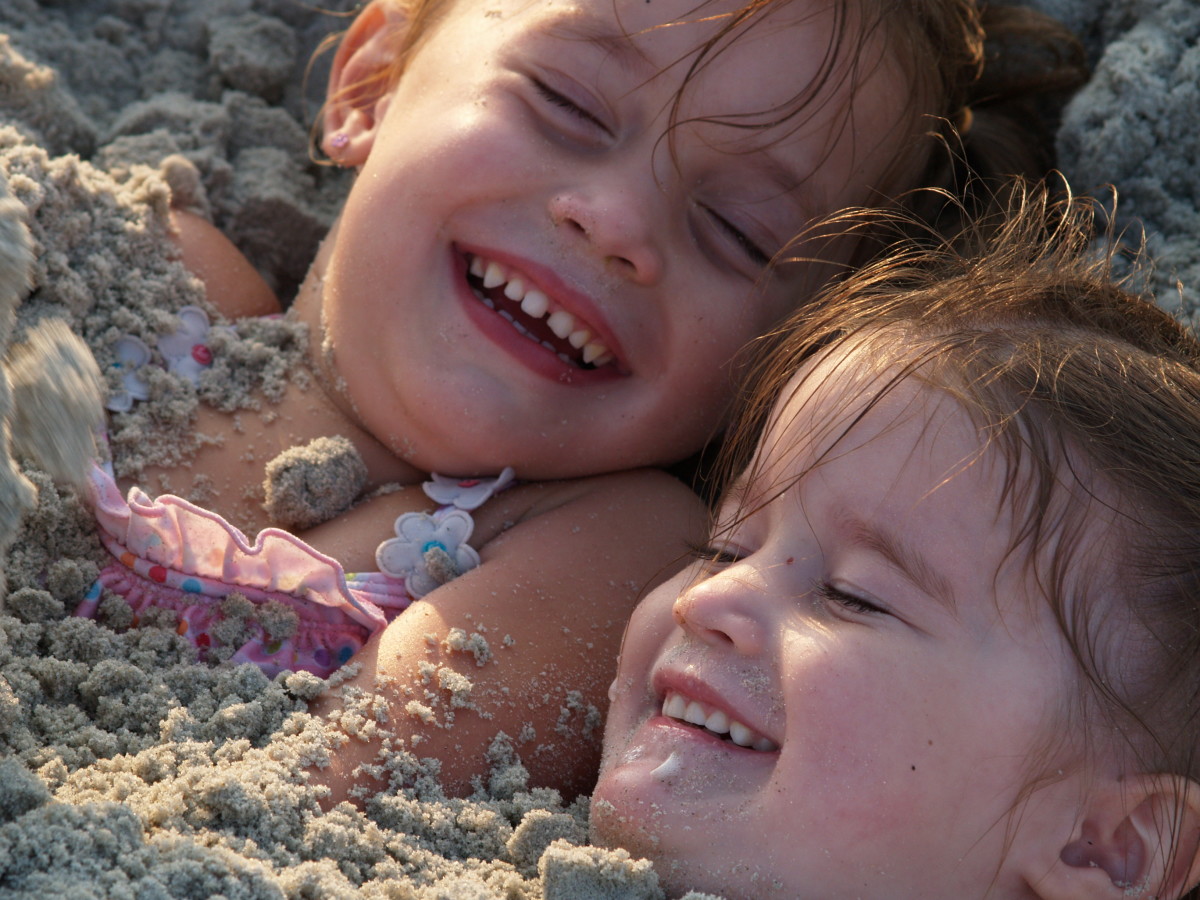- HubPages»
- Family and Parenting»
- Parenting Skills, Styles & Advice»
- Parenting Advice & Tips
Teaching Your Children to Be Thankful
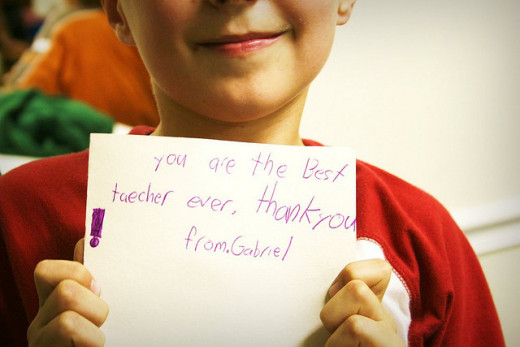
Teaching your children to be thankful is a year round process, not just something we do around Thanksgiving. However this seems to be a practice most people consider only one day every year.
When I consider what I have to be thankful for in my life, I can't find anything for which not to give thanks.
We may not be rich under anyone's standards, we may not have fancy cars in the driveway, and we may not have a big house to live in, but we DO have food to eat, warm clothes to wear, a nice warm bed to sleep in, and eachother.
When I consider most other people in this world, I myself feel blessed. So many people in the world aren’t happy with their lives, or are in a really bad situation, without even the basic necessities. We see this all over the television all the time in other countries.
Sure we still have bills, our cars still break down, and right now I’m trying to handle someone stealing my identity in another state, but I’m happy. I have a wonderful life!
When it comes to our children, I think we all want to instill values in them that help them to appreciate what they have and who they have in their lives.
Sure we want our kids to strive for greatness, and find a success in their lives that is more than we could have dreamed of for them. But yet, there’s no reason they can’t still always be happy, and feel blessed to have the things they do in life at each stage in their lives.
So many parents try and take their kids to poor neighborhoods once in their lives to teach them gratitude, many parents require their children to work, or at least volunteer, to understand the concept of working for what you have, and even others offer them an allowance to teach them the value of their belongings.
All of these are great lessons, but they have to be given consistently over time, and not just once or twice in their childhoods, for them to truly understand the message that is being imparted.
Here are some simple things you can do on a daily basis to teach your children how to be thankful every day.
Quick Poll
How do you show your gratitude?
Lead by Example
I think the most important way you can possibly teach your children to be thankful for what they have, and grateful for what they are given, is to lead by example. Children strive every second of their young lives to be just like their parents.
If you cook dinner, they will want to as well, if you work on the car, they will want to as well, and if you scream at people while driving, guess what they are going to do? lol
This is never more reflected than in how you treat others, how you care for your belongings, how you talk about life in general, and how they interpret your spending habits. Children absorb the words, the actions, and even better, the morals of those they look up to in their lives.
If you want your children to say “yes ma’am” and “yes sir,” you have to be willing to do the same. If you want your children to say “please” and “thank you,” you have to be willing to do the same.
By showing your thanks for what you have, your gratitude to others in your life, and your appreciation for those items and people in your life, your children will be more likely to follow your lead. How do you show gratitude?
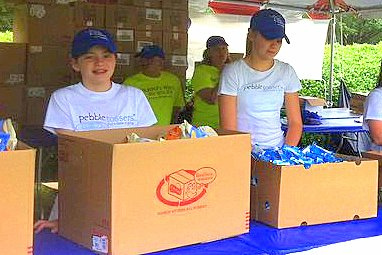
Participating in the Lives of Others
In order to truly appreciate their own lives, I think it's important for kids to get involved in the lives of others. Kids get so fixated on themselves and what makes them happy, they tend to forget about the needs of others.
This may mean simply volunteering for any variety of charity organizations, serving dinner to those that have none, or even just spending time with other people's families in their homes.
By just being present in other people's lives, hearing their plights, seeing their homes, and experiencing a day in their lives (which could be as simple as a day or a weekend in a friend's home), it's easy to appreciate their own.
Don't you always long for your own home and your own life after being gone for a few days, even if you're on vacation in a beautiful place? I know I do! After being away for even a couple of days, I see much I love the little things I didn’t notice before about my own life.
I miss my pillow, my shower, my babies, my husband, and even just having someone that loves me and understands me around every day. It’s easy to forget how great you have it until you leave for a little while.
Responsibility
As many parents have already discovered, teaching children responsibility, especially with money, shows them the value of those things they have.
Whether you have your children help a neighbor with chores, get a formal job at a local business, or just have regular chores around the house, kids learn the deeper meaning behind having toys, clothes, food, and a warm home to live in when they have to work for it.
If they have to work to pay for the nice things they have (like the cool new toy or the popular new clothing item), they will learn to appreciate the things they have and the people that provide for them.
This is also important in discipline. Children need to be, and WANT to be, taught the right way. How can they demonstrate what they haven’t been taught and haven’t seen in their own homes?
When they are responsible for their words, actions, and behaviors around your home, they learn to truly appreciate those that love them enough to teach them the right ways. And appreciation is what we’re looking for, right?
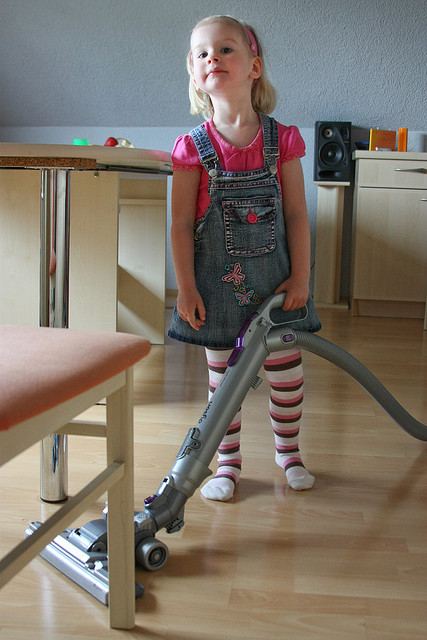
Value Their Belongings
Along the same lines, children need to be taught to take care of their belongings. This can start in toddlerhood, as little ones learn that in order to have nice things they have to be handled with care.
As they get older, this will turn into caring for their clothes, back packs, lunch kits, shoes, and jackets. In time, as older children and teenagers, this will transfer into taking care of their home, their car, and their own money.
With all of the above experiences already in place (leading by example, participating in the lives of others, and learning responsibility), thankfulness and gratitude will set in when they see others that don't have the things they do because they simply don't take care of them.
Some families trash their homes, abuse their cars, and don't have healthy habits (meaning they don't care for their bodies), and therefore don't have vehicles to take them places, a nice home to live in, or even their health (which is another great thing to be thankful for).
You’ll quickly see this lesson setting in when your children come home asking you questions about the habits and behaviors of others. At this point, pat yourself on the back and keep it going.
Getting Them involved
Finally, get your children involved. If they see that you are having money problems, are trying to decide on a big purchase, or are even trying to save money for something important, share it with your kids.
This teaches them a great lesson about the value of money, makes them feel important, and therefore gives them stake (value) in the family, and the family money. You might get lucky and have a child that wants to help out rather than begging for the latest toy.
If you are making decisions about household responsibilities, school, an important job, or any other major decision, involving your children gives them a chance to understand, be a part of the family, and be part of finding a solution.
And being more active in the family gives them an appreciation for what each member is going through, which may just cause them to be more grateful for what they have and who they have, and be more willing to give up what they thought was important for the benefit of the family.
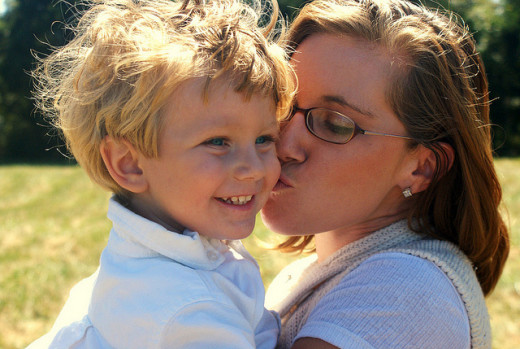
Having a thankfulness and gratefulness in your children is a wonderful thing! Imagine not having to fight your kids when you go to the grocery or department store, not combating the constant begging and whining for the latest material item, instead hearing “thank you,” “please,” and “I love you” from your children, and having kids that want to help out and be a part of solving family problems rather than creating them.
You can have this! It takes a little time and effort, like everything with children does.
You have to start early. The earlier you begin instilling these values, the sooner you will have a helper rather than a whiner in the household, and forget the temper tantrums.
By following a few simple steps, and most importantly, by making a few changes in your own life to be the person you want your children to be, you will see amazing changes that will change the dynamic of your family by far.
Teaching your children to be thankful may be the greatest thing you ever do for them.
Quick Poll
How helpful was this article?
More Articles You Might Like
- 40 Backyard and Camping Crafts for Kids
Great outdoor, nature and camping crafts for kids and adults. Plan adventure, birthday or camping themed parties with these backyard camping craft ideas and activities. - 15 Unforgettable Things to Do With Kids and Toddlers...
14 memorable things to do with your kids in Jamaica. This great list even includes things to do with kids in Montego Bay. and things to do with toddlers. - Choosing the Right After-School Program For Your Kid...
Researching and finding the right after-school program for your children is hard work and it is difficult to know if you made the right decision. - Free Activities to Do With Your Kids Anytime
When you have kids at home, whether it’s just on the weekends, or you’re a stay at home mother with toddlers, the need for you to get out of the house and entertain them can get desperate.
© 2013 Victoria Van Ness





